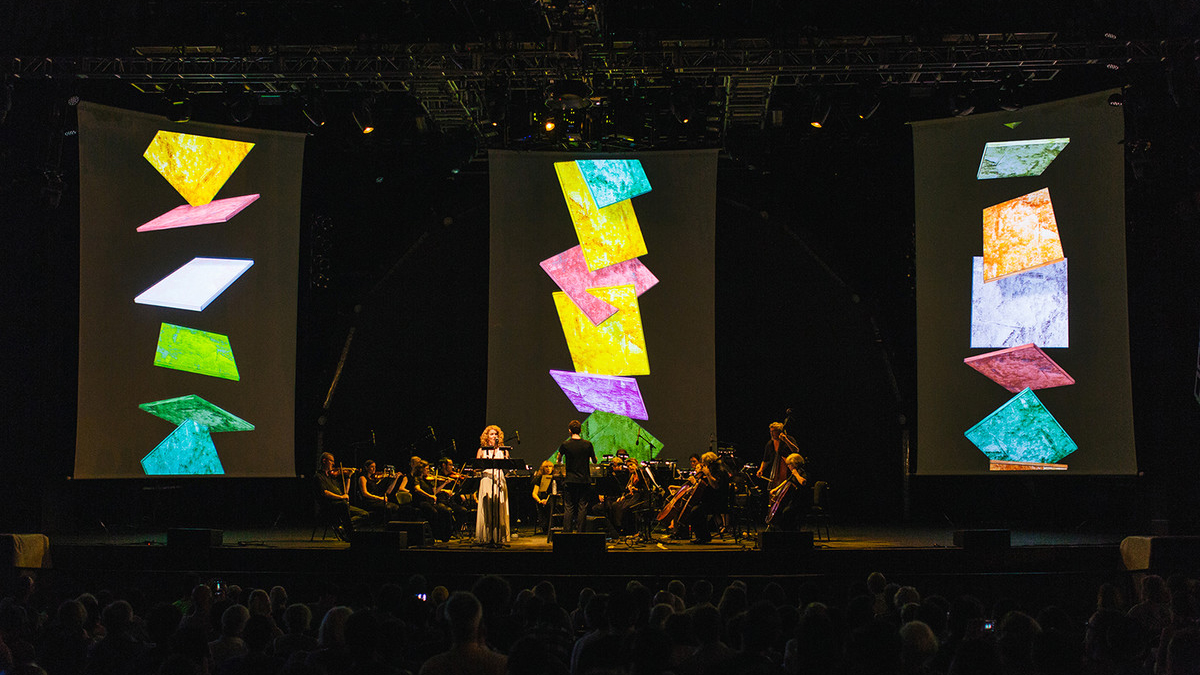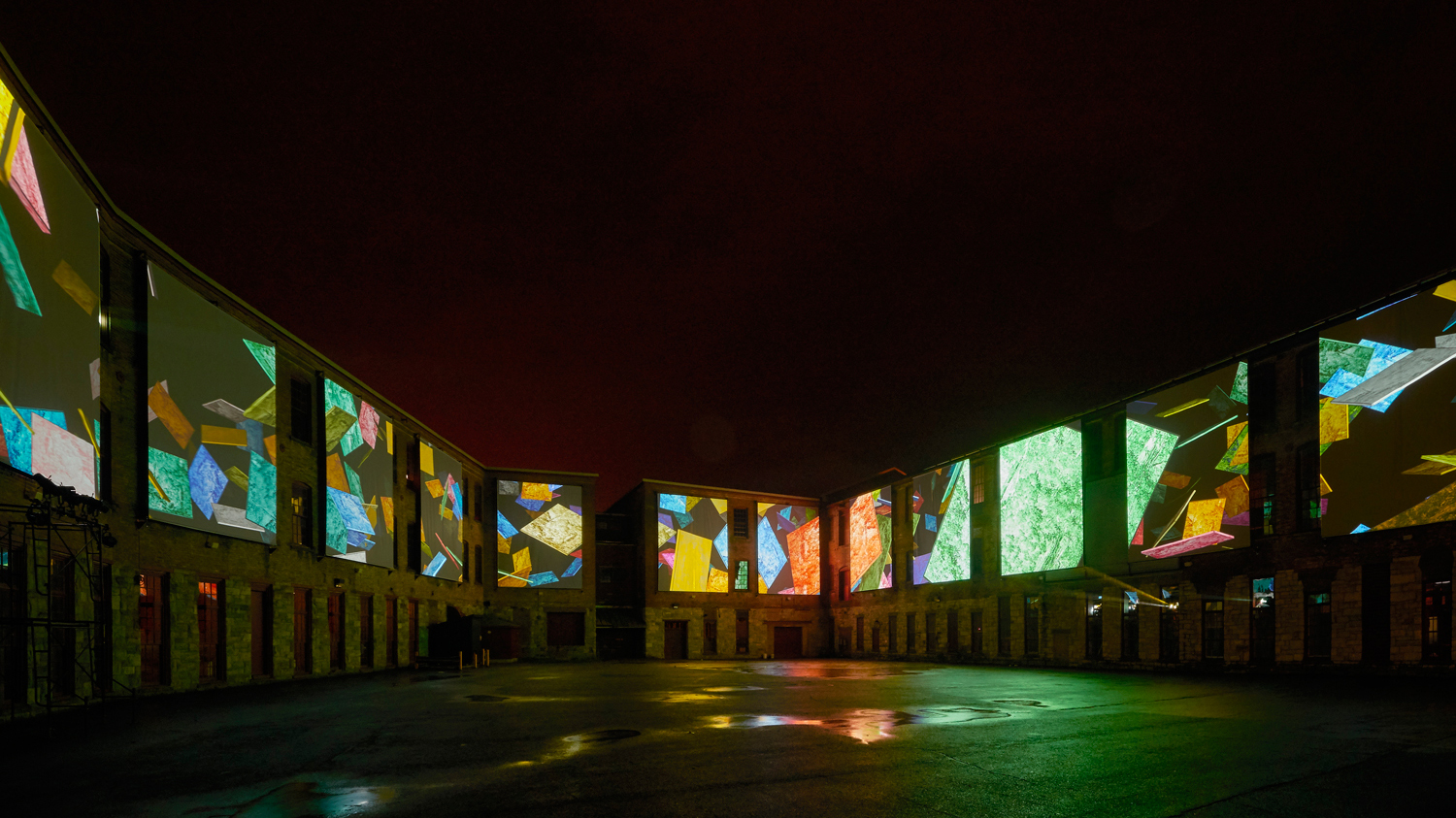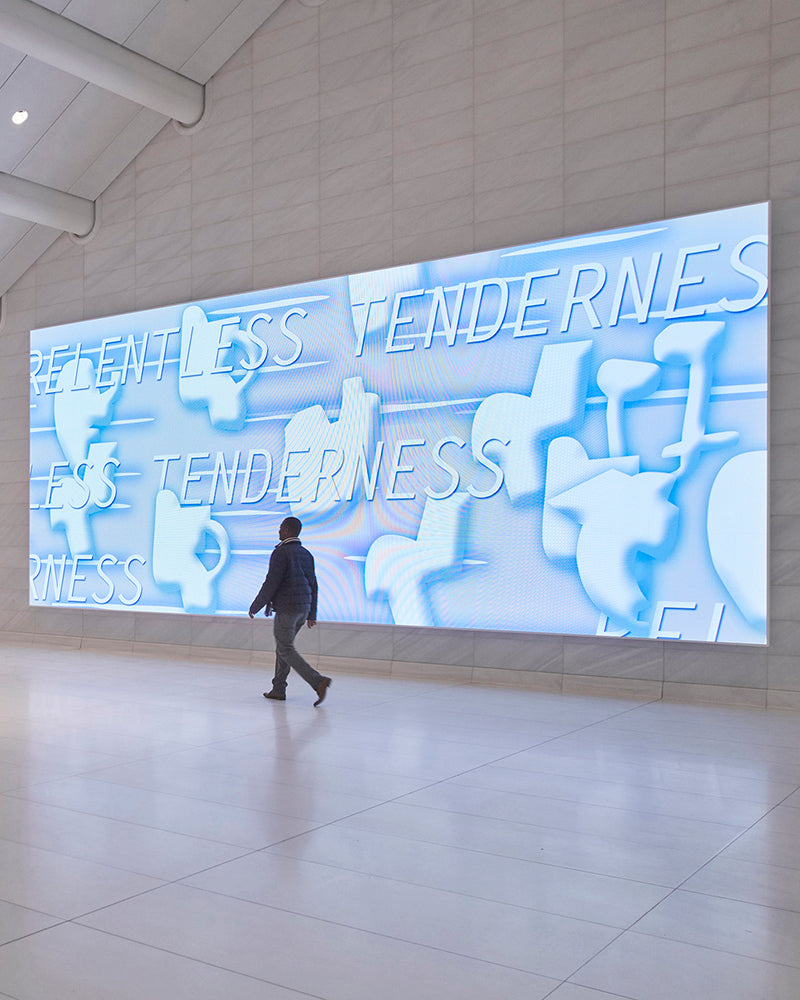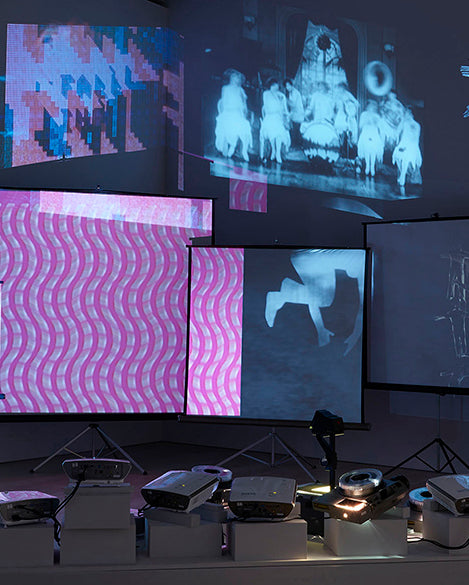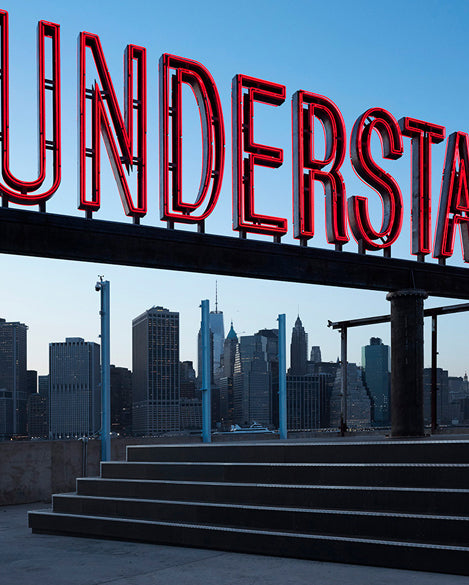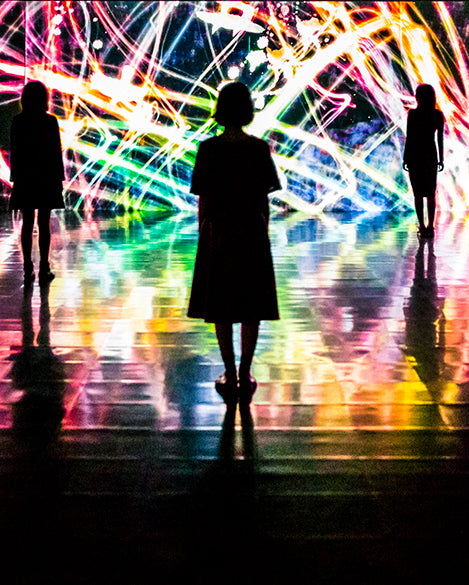Artist Clifford Ross is well known for his larger than life projects and art installations. On July 30th, Ross partnered with the New York city-based chamber ensemble Orchestra of St. Luke's for a live performance of his foundational piece, Harmonium Mountain, as part of Celebrate Brooklyn. The 10,000 caught up with Ross about his inspiration, process, and the technology behind what he describes as "one of the more thrilling educational experiences" of his life.
Harmonium Mountain was born out of a desire to capture both the reality but also the emotional experience of viewing Mount Sopris in Colorado. A multimedia artwork, the piece began as a single high-resolution photograph of Mount Sopris that was than translated by animators into 3D, computer-generated elements that fold themselves into different configurations. While the first iteration of the piece featured an original score by Phillip Glass, Ross' "love affair" with the mountain drove him to continually revisit the piece and reinterpret the visual and musical narratives. Each new sequence attempts to "find a method beyond realism" and bring a shared experience between artist and audience.
For the latest performance of Harmonium Mountain, Ross partnered with Orchestra of St. Luke's. The result was a massive, multi-screen installation with a varied and revelatory live music soundtrack in Prospect Park. The evening of the performance was clear with a miraculous sunset over the stage, where a mixed-age crowd sat, transfixed by the animated visuals. With each musical piece came an unexpected change in movement or conglomeration of Ross' visualization, which culminated with colored tiles assembling the shape of the mountain in the original photo.
To prepare for the performance, Ross organized a number of meetings between himself and St. Luke's Director of Artistic Administration, A.J. Benson. Benson would visit Ross' studio for three hour working sessions over the span of several months to explore Ross' "sonic interests." These sessions consisted of sampling 30-second clips of different musical works from Vivaldi to Arvo Pärt in order to shape a 70-minute program that combined Ross' art with St. Luke's live performance.
The entirety of the Harmonium Mountain project serves as a collection of Ross' multiple attempts to share and reinterpret an experience with nature through music. Nature is a regular source of inspiration for Ross and the reason why he considers his time outside of the studio as the most important part of his process, "supplying many of the sparks and realizations" crucial to his work. Music functions as a similarly integral part of his process, as it has expanded his sense of what is possible in creating art. He listens to music as if it were a scavenger hunt. One day he might listen to a recording of Benny Goodman's 1938 Carnegie Hall concert and think, "ok, that's what I'm after," but the next day it's Bob Dylan's "Things Have Changed." To describe his feelings about curating music for the performances, he compares it to sampling the best dishes a restaurant has to offer and then "being allowed to create a menu for the ultimate meal."
